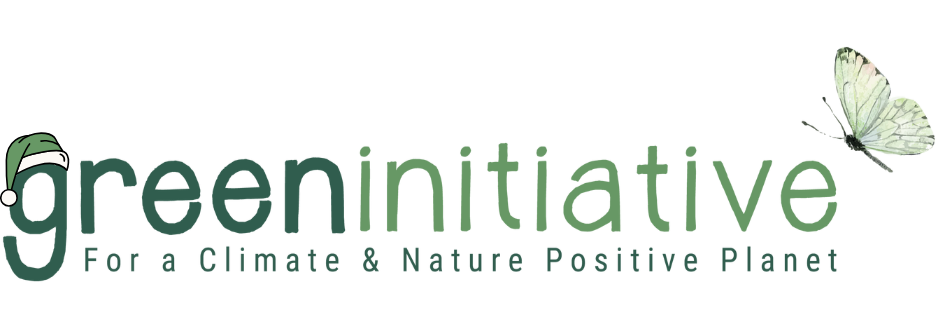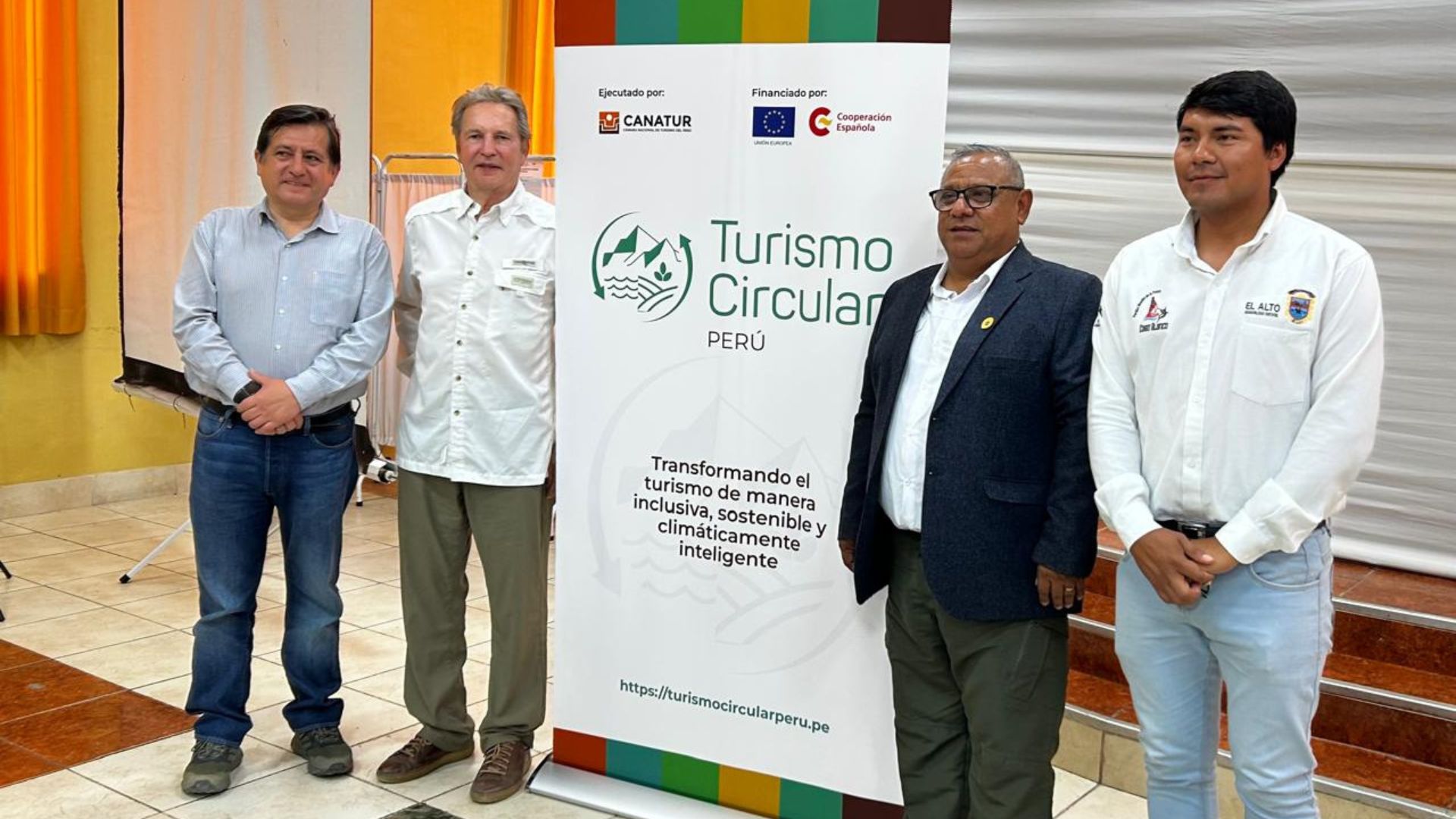The Circular Tourism Peru project, led by the National Chamber of Tourism of Peru (CANATUR), with the support of the Spanish Agency for International Development Cooperation (AECID), the European Union, and the technical partnership of Green Initiative, has emerged as a pioneering model for integrating circular economy principles, climate action, and sustainability into tourism.
Cabo Blanco and Machu Picchu: Living Laboratories for Circular Tourism
In emblematic destinations such as Cabo Blanco and Machu Picchu, the project has developed technical workshops, carbon footprint assessments, and capacity-building programs for public, private, and community stakeholders. These efforts aim to reduce environmental impacts, promote regenerative practices, and establish replicable models of low-emission, climate-smart tourism across Peru and beyond.
Key achievements include:
- Comprehensive carbon footprint measurement and promotion of decarbonization roadmaps for Cabo Blanco and Machu Picchu, laying the groundwork for their transition to carbon-neutral destinations.
- Implementation of the Circular Tourism model, which optimizes resource use, minimizes waste, and fosters the regeneration of coastal ecosystems.
- Training and empowerment of local communities and tourism operators, strengthening their skills in environmental management, circular economy, and sustainable service delivery.
- Multisectoral alliances, integrating tourism, environmental conservation, sports (surf), artisanal fishing, and entrepreneurship under a shared vision of sustainability.
- International recognition positioning Cabo Blanco and Machu Picchu as replicable examples of carbon-neutral and circular tourism in Latin America.
Technical Impacts: From Measurement to Action
From a technical standpoint, the project has developed climate performance indicators to measure, reduce, and offset greenhouse gas emissions. It also introduced a methodological guide for circular tourism tailored to Peru’s coastal and marine ecosystems.
Initiatives include the promotion of energy, water, and waste efficiency, alongside eco-design practices, material revalorization, and blue economy principles, reinforcing the sustainable tourism value chain across the region.
Circular Economy and Sustainability: A New Paradigm for Tourism
The circular economy framework seeks to keep resources in use for as long as possible, reduce waste, and regenerate natural systems — replacing the traditional linear model of “take–make–dispose.”
Aligned with the principles of sustainability, this approach balances economic, social, and environmental well-being while ensuring resource conservation for future generations. It also strengthens climate action, advancing tangible solutions to mitigate emissions and enhance resilience to climate change.
Multisectoral Collaboration: Connecting Tourism, Science, and Community
At the heart of the project lies multisectoral collaboration, bringing together diverse actors to drive systemic change:
- Sports sector, especially surfing, through awareness campaigns and initiatives positioning Cabo Blanco as a future Surf City.
- Education and science, via environmental training, research, and carbon monitoring.
- Local and regional governments, aligning tourism and climate policies.
- Private companies and green startups, introducing innovations in waste management, renewable energy, and sustainable communication.
- Community and artisanal fishing organizations, promoting regenerative and low-impact practices.
Toward a Replicable Model for the Future of Tourism
Circular Tourism Peru demonstrates that sustainability and profitability are not opposing goals, but complementary pillars of the tourism of the future. By integrating science, community, culture, and conservation, the project redefines how destinations engage with climate challenges.
With Cabo Blanco and Machu Picchu as living examples, Peru is setting a precedent for climate- and nature-positive tourism — one that not only drives economic prosperity but also restores ecosystems and empowers people.

This article was written by Tatiana Otaviano from the Green Initiative Team.







